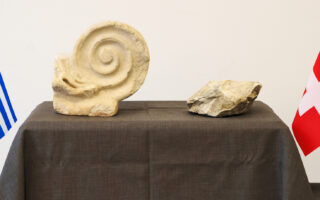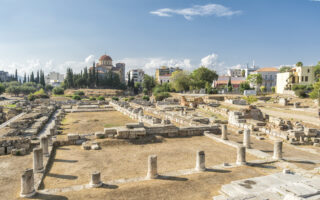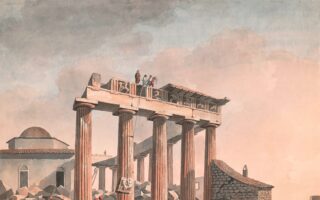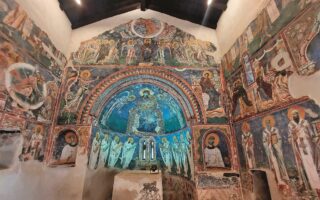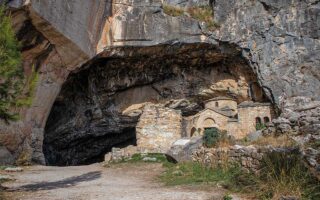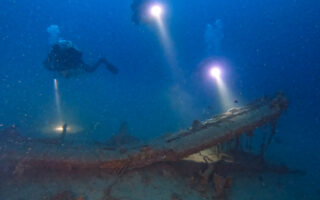Researchers document public memory from the German Occupation to the Civil War
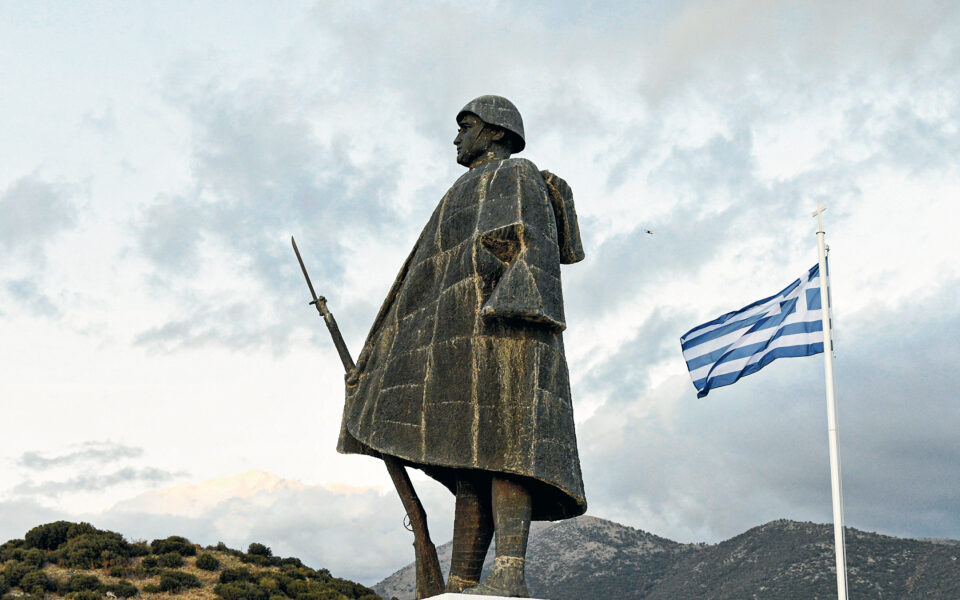
The first monuments to the Greek Resistance of World War II were erected during the years of the Greek Civil War. The first one was crafted by George Zongolopoulos in 1948 in Keratsini, while characteristic examples can be found in Kalpaki and Kalavryta. Their number increased after the recognition of the Greek Resistance in 1982, marking a change in their form – the Karakolithos memorial near the town of Distomo serves as an indicative example. Surprisingly, public monuments from the 1940s have not been systematically recorded, documented and studied in Greece.
“While we have results from historical research on World War II in literature or cinema, the same cannot be said for the visual arts,” says Alexandros Teneketzis, assistant professor of art history at the University of Patras. “However, I don’t think there is any municipality in Greece now that lacks a monument to the National Resistance,” he adds. “Especially in the 1980s, it was a significant point of contention between the new mayors of PASOK and the New Democracy party.”
This gap is being addressed by the research program “WaRs: War and Resistance Monuments in Greece: Documentation and Historical Approach to Public Monuments, 1945-Today,” funded by the Hellenic Foundation for Research and Innovation (ELIDEK) and implemented by the University of Ioannina. The program, supervised by Areti Adamopoulou, professor of art history at the University of Ioannina, started in 2022. The research team, including Alexandros Teneketzis, Anna Maria Droumpouki, Konstantinos Argianas and Kostas Korres, has been traveling across Greece, recording monuments in major cities and regional capitals.
Approximately 200 monuments have been documented and uploaded into an electronic database with titles, photos, and detailed descriptions in Greek and English. They are categorized thematically into four sections: War, Occupation-Resistance, Holocaust, Civil War. The database is expected to be accessible to the public through an interactive map and search criteria by early 2024.
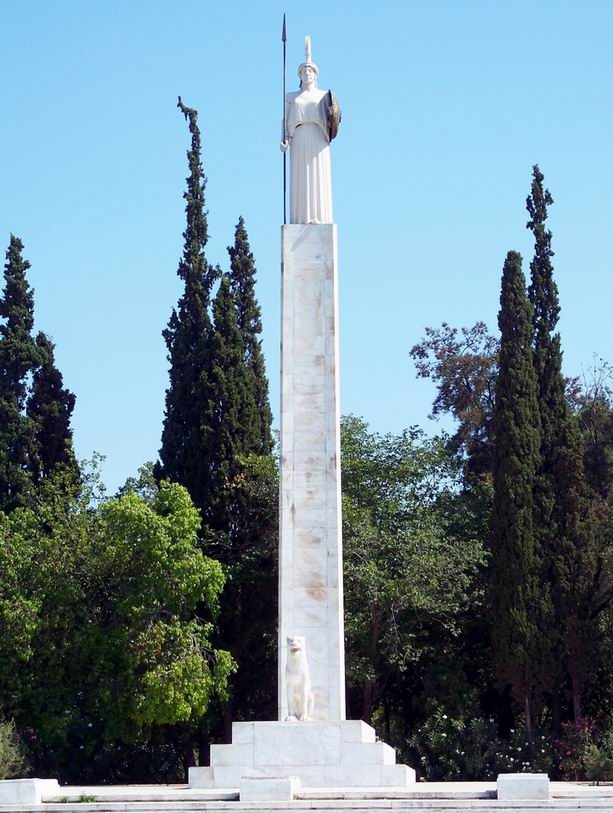 What are some early conclusions from the team? “The Civil War remains a difficult, traumatic part of the past and is rarely depicted,” says Teneketzis. “We have also lagged behind Europe in portraying the memory of the Holocaust,” he continues, adding that the effort in this direction began in the late 1990s in Thessaloniki. Another notable fact is that, until the recognition of the National Resistance, monuments commemorating the 1940s focused on the Greco-Italian War and the Greek soldier. During the era of the military dictatorship (1967-74), there was an increase in orders for statues of dictator Ioannis Metaxas, which were later withdrawn during the so-called Metapolitefsi (the post-1974 period) – except those at Fort Roupel and Kalpaki. “After the recognition of the National Resistance, the production of Greek soldier statues stopped, and now we have the form of the Resistance fighter with a forage cap, often accompanied by a female figure. We also have the statue of Aris Velouchiotis in Lamia,” says Teneketzis, concluding, “The early works are entirely representational, but from 2000 onward, we encounter more abstract attempts.”
What are some early conclusions from the team? “The Civil War remains a difficult, traumatic part of the past and is rarely depicted,” says Teneketzis. “We have also lagged behind Europe in portraying the memory of the Holocaust,” he continues, adding that the effort in this direction began in the late 1990s in Thessaloniki. Another notable fact is that, until the recognition of the National Resistance, monuments commemorating the 1940s focused on the Greco-Italian War and the Greek soldier. During the era of the military dictatorship (1967-74), there was an increase in orders for statues of dictator Ioannis Metaxas, which were later withdrawn during the so-called Metapolitefsi (the post-1974 period) – except those at Fort Roupel and Kalpaki. “After the recognition of the National Resistance, the production of Greek soldier statues stopped, and now we have the form of the Resistance fighter with a forage cap, often accompanied by a female figure. We also have the statue of Aris Velouchiotis in Lamia,” says Teneketzis, concluding, “The early works are entirely representational, but from 2000 onward, we encounter more abstract attempts.”
However, there is also an earlier interesting case: “The statue of Athena in the Pedion tou Areos park,” says Teneketzis, “is a hero monument dedicated to the British, Australians and New Zealanders who fought in the battles of 1941-1945, including the Battle of Athens (known in Greece as the Dekemvriana). It commemorates the Allies who helped us and shows that we are moving towards the West. In front, there is a lion, reminiscent of the lions of Delos, but the coat of arms of the British Commonwealth also features lions. Athena is connected to antiquity, and thus the monument has multiple symbolic meanings.”
The “WaRs” program was presented at the international conference “Monuments for World War II: Memory and Oblivion in the Balkans and Central-East Europe,” held on November 23-24 at the B&M Theocharakis Foundation.
